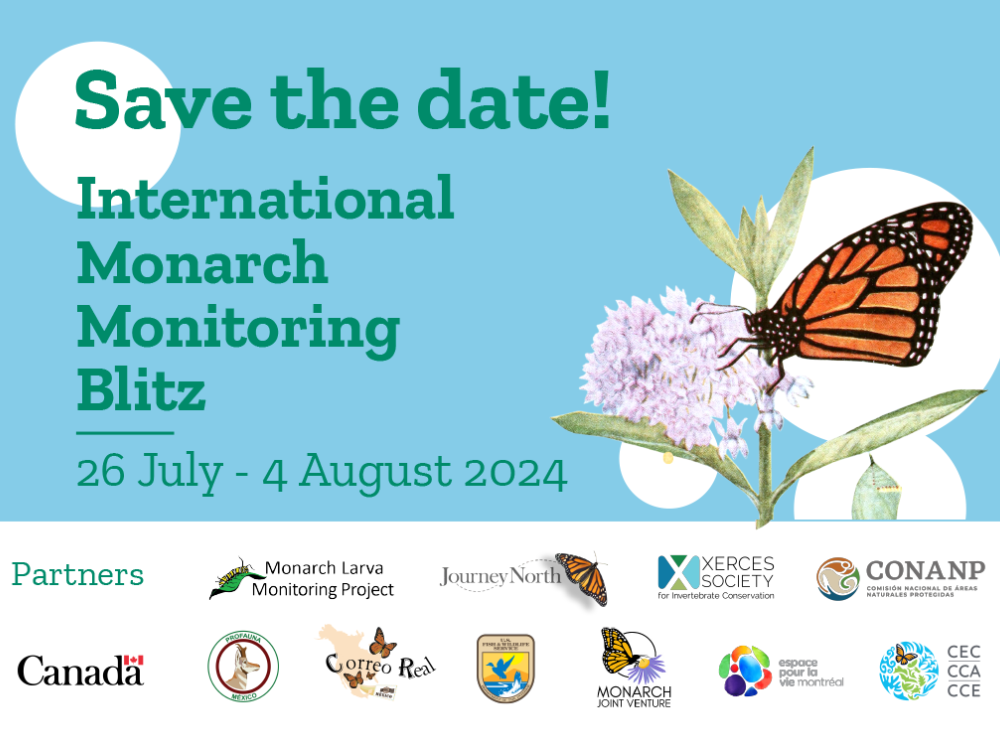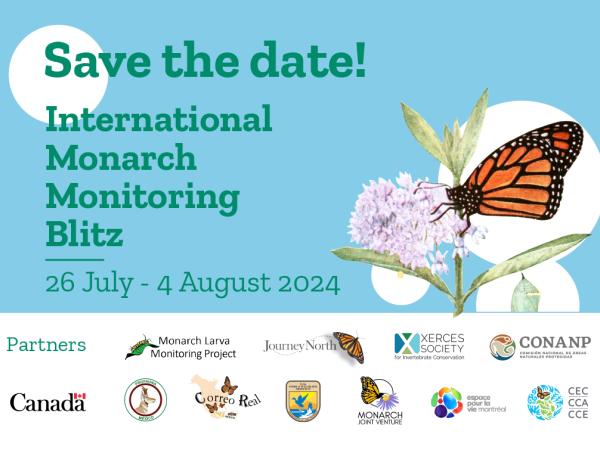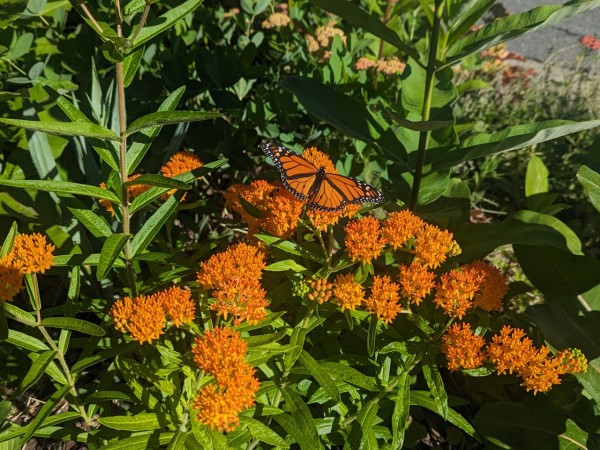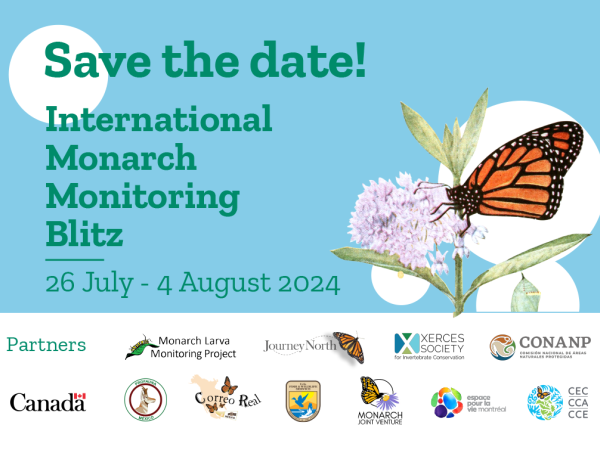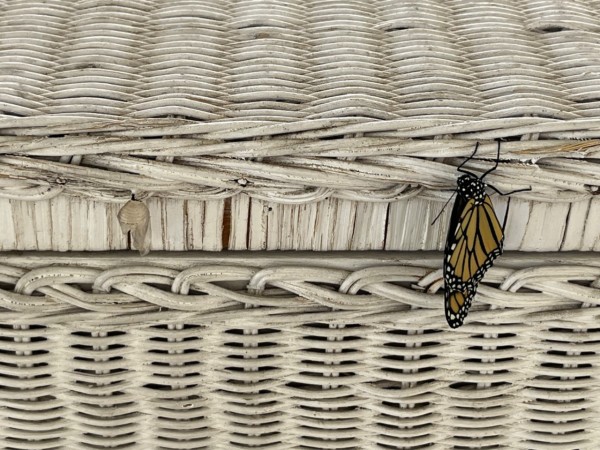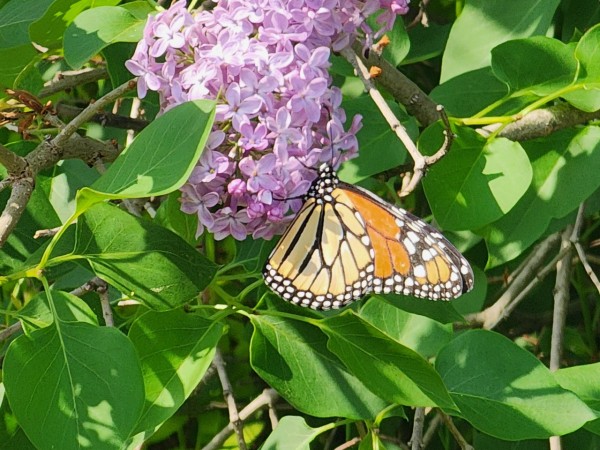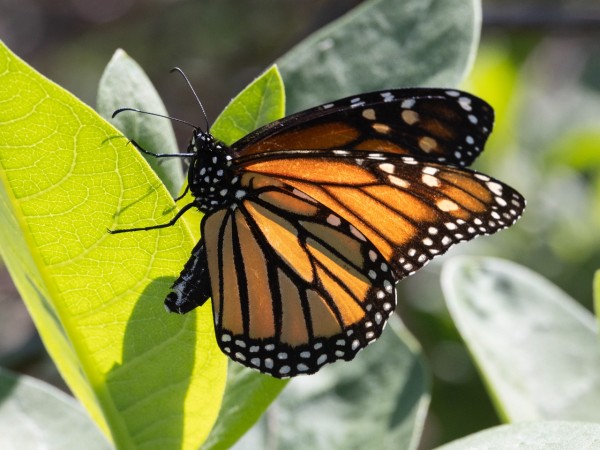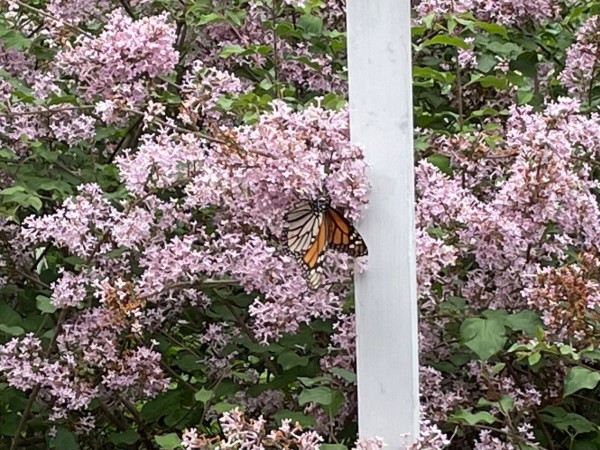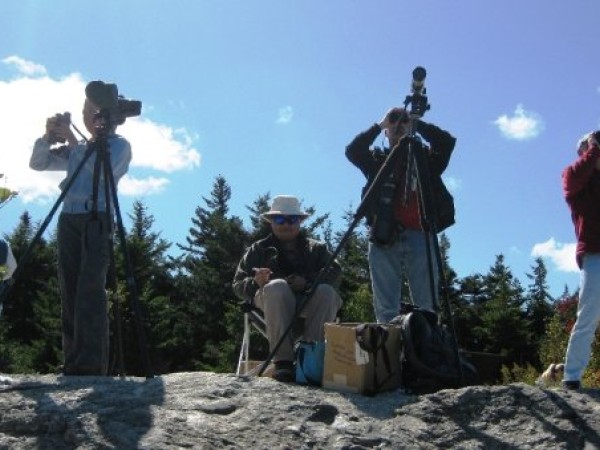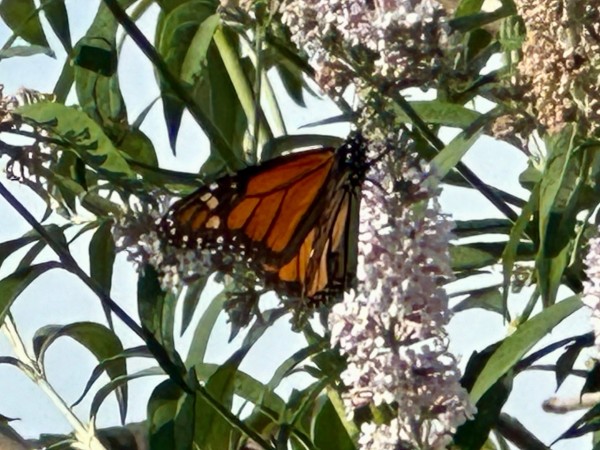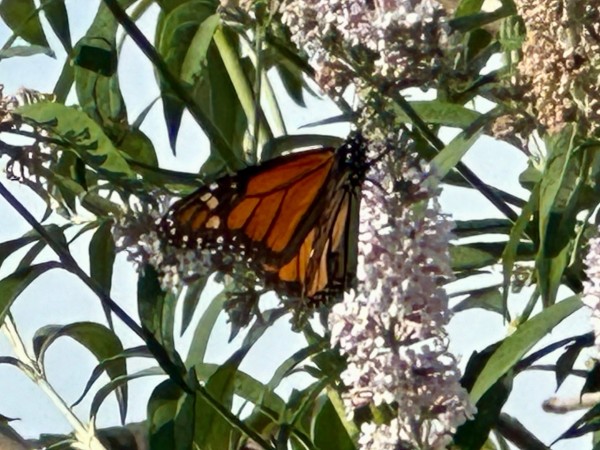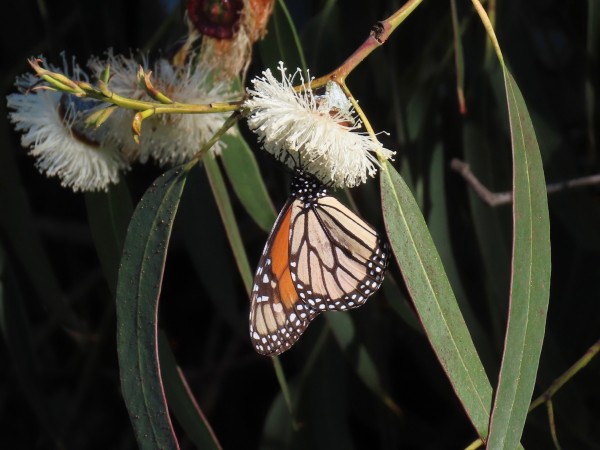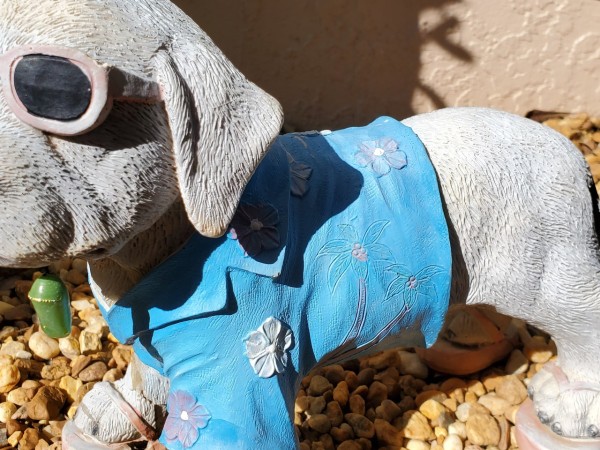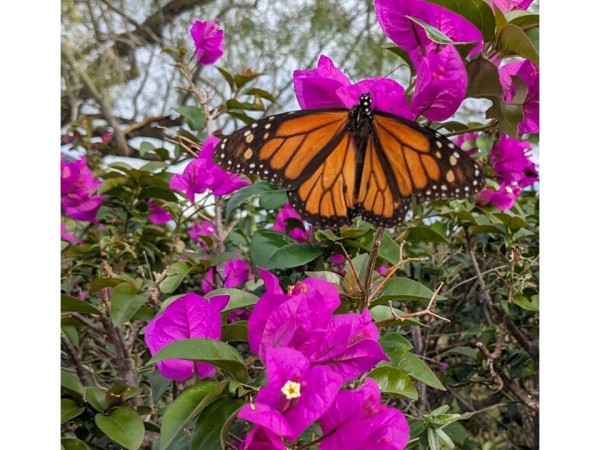Monarch Migration & Milkweed Phenology Project
Volunteers helping to track monarch butterfly migration and milkweed phenology across North America.
Help us track monarch migration and the presence of milkweed. Read through our protocols and then submit your observational reports.
Seasonal Message
In northern regions of the U.S. and Canada, winter weather patterns prevail. Spring is still months away. The colder temperatures of January and February provide ideal weather for planning pollinator habitats and reading the news from monarch overwintering sanctuaries in Mexico and along coastal California. Where monarchs are present, Journey North wants to hear from you.
Winter (December, January, February) Reporting Protocols
If you live in the southwest and southeast of the U.S., stay vigilant. Monarchs are still being observed periodically in these areas. Please report your monarch and milkweed observations to Journey North. Explore Journey North maps to learn where monarchs and milkweed are being observed.
If you live in the Gulf states of Texas, Louisiana, Mississippi, Alabama, and Florida as well as Georgia, South Carolina, and North Carolina, Journey North is looking for volunteers to monitor monarch activity and the location of milkweed in these states. Please use the following reporting categories:
Spring Reporting Protocols
Report: Monarch Adult (FIRST sighted)
- What: Did you see your first migrating monarch of the spring season? The first arrivals of monarchs to their breeding range occur from February to June depending on your location. Let us know when you see your first adult migrating monarch. Report the number of monarchs observed at a single location.
- Comments: What behaviors did you observe, such as flying, nectaring upon what flower species, mating, basking in shade or sun?
- Frequency: Once per spring season. Only one first spring observation is accepted for an individual observer reporting from a single location.
- Photos: Always welcome. Photos provide a voucher for observational reports.
Report: Milkweed (FIRST sighted)
- What: Did you see a newly emerged milkweed? Observations of the first milkweed emergence occur from February to June depending on your location.
- Comments: If known, please report (1) the species milkweed, (2) the height of the emergent plant (emergent: 2-5 inches; leaves present: 5 inches; a few flowers present with budding just starting; fruiting with pods present; leaves yellowing). Also, please let us know the size of the milkweed patch (few – 1-15 stems; denser patch – 15-50 stems; abundant patch – 50-100 stems; very abundant – 100+ stems). Frequency: Once per spring season. Only one first spring observation is accepted for an individual observer reporting from a single location.
- Photos: Always welcome. Photos provide a voucher for observational reports.
Report: Monarch Egg (FIRST sighted) and/or Monarch Larva (FIRST sighted)
- What: Did you your monarch egg and/or larvae for the spring season?
- Comments: If known, please report the species of milkweed you observed the egg(s) and/or larvae on.
- Frequency: Once per spring season. Only one first spring observation is accepted for an individual observer reporting from a single location.
- Photos: Always welcome. Photos provide a voucher for observational reports.
Report: Monarch Adult Sighted
- What: Where are monarchs? Report all monarch adults after reporting your first observation of a migrating monarch. Report the number of monarchs observed at a single location.
- Comments: What behaviors did you observe, such as flying, nectaring upon what flower species, mating, basking in shade or sun?
- Frequency: Report once a week when monarchs are present. Occasional reporting is welcome.
- Photos: Always welcome. Photos provide a voucher for observational reports.
Report: Monarch Egg Sighted and/or Monarch Larva Sighted
- What: Is breeding happening? Report the presence of monarch egg(s).
- Frequency: Report once a week when monarch eggs are present. It is difficult to track individual eggs and larvae. Daily counts of eggs and larvae are not necessary. Noting the presence of monarch egg(s) is sufficient. If you want to count monarch egg(s), please count once during the week, and submit one report with the totals counted that day. Occasional reporting is welcome.
- Comments: If known, please report the species of milkweed you observed the egg(s) and/or larvae on.
- Photos: Always welcome. Photos provide a voucher for observational reports.
Report: Monarch Other Observations
- What: Observations of interesting behaviors including mating, laying eggs, nectaring (please let us know flowering plant species if known), basking in the sun, chrysalis, and deceased monarchs.
- Frequency: Report once a week. Occasional reporting is welcome.
- Photos: Always welcome. Photos provide a voucher for observational reports.
Report: Milkweed Sighted
- What: Where are milkweed plants? Report milkweed presence across the landscape.
- Comments: If known, please report (1) the species milkweed, (2) the height of the emergent plant (emergent: 2-5 inches; leaves present: 5 inches; a few flowers present with budding just starting; fruiting with pods present; leaves yellowing). Also, please let us know the size of the milkweed patch (few – 1-15 stems; denser patch – 15-50 stems; abundant patch – 50-100 stems; very abundant – 100+ stems). Frequency: Report once a week. Occasional reporting is welcome.
- Photos: Always welcome. Photos provide a voucher for observational reports.
Subscription Information: Migration News
Interested in learning more about monarch butterflies? Subscribe to Journey North Monarchs & Milkweed News Updates. Click the "subscribe" button in the top-right corner of any published news update. Beginning in March, these news updates will be delivered to your inbox twice a month.
Letters From The Field
For news of the western monarch population, Catch up on her all news updates from Ms. Gail Morris, Southwest Monarch Study. previous news updates:
Interested in hearing the news from the Monarch Butterfly Biosphere Research in the States of Michoacán and Mexico, Mexico, read Ms. Romero's reports from Sierra Chincua and El Rosario Sanctuaries:
Letters From The Field: Archive Collection: Ms. Estela Romero.
For Ms. Romero's posts describing her work with the Symbolic Migration Project and other environmental educational programming, please refer to her weekly blog posts.
Subscription Information: Migration News
Interested in learning more about monarch butterflies? Subscribe to Journey North Monarch Migration & Milkweed Phenology Project News Updates. Click the "subscribe" button in the top-right corner of any published news update. These news updates will be delivered to your inbox twice a month.

